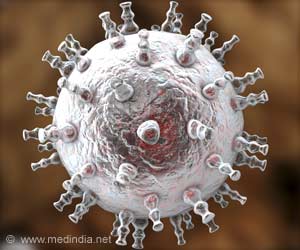New study has identified synergistic cellular pathways for longevity that increase the life cycle by 500%. The discovery of cellular mechanisms could open the door to more effective anti-aging therapies.

‘The discovery of the synergistic interaction may lead to the use of combination therapies, each affecting a different pathway, to increase a healthy human lifespan in the same way that combination therapies are used to treat cancer and HIV.
’





The research draws on the discovery of two major pathways governing aging in C. elegans, which is a popular model in aging research because it shares many of its genes with humans and because its short lifespan of only three to four weeks allows scientists to quickly assess the effects of genetic and environmental interventions to extend healthy lifespan. Because these pathways are "conserved," meaning that they have been passed down to humans through evolution, they have been the subject of intensive research. A number of drugs that extend healthy lifespan by altering these pathways are now under development. The discovery of the synergistic effect opens the door to even more effective anti-aging therapies.
The new research uses a double mutant in which the insulin signaling (IIS) and TOR pathways have been genetically altered. Because alteration of the IIS pathways yields a 100 percent increase in lifespan and alteration of the TOR pathway yields a 30 percent increase, the double mutant would be expected to live 130 percent longer. But instead, its lifespan was amplified by 500 percent.
"Despite the discovery in C. elegans of cellular pathways that govern aging, it hasn't been clear how these pathways interact," said Hermann Haller, M.D., president of the MDI Biological Laboratory. "By helping to characterize these interactions, our scientists are paving the way for much-needed therapies to increase healthy lifespan for a rapidly aging population."
The elucidation of the cellular mechanisms controlling the synergistic response is the subject of a recent paper in the online journal Cell Reports entitled "Translational Regulation of Non-autonomous Mitochondrial Stress Response Promotes Longevity." The authors include Jarod A. Rollins, Ph.D., and Aric N. Rogers, Ph.D., of the MDI Biological Laboratory.
Advertisement
The synergistic interaction may also explain why scientists have been unable to identify a single gene responsible for the ability of some people to live to extraordinary old ages free of major age-related diseases until shortly before their deaths.
Advertisement
Source-Eurekalert









